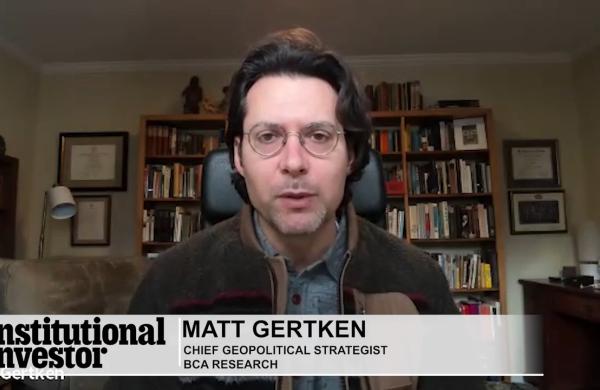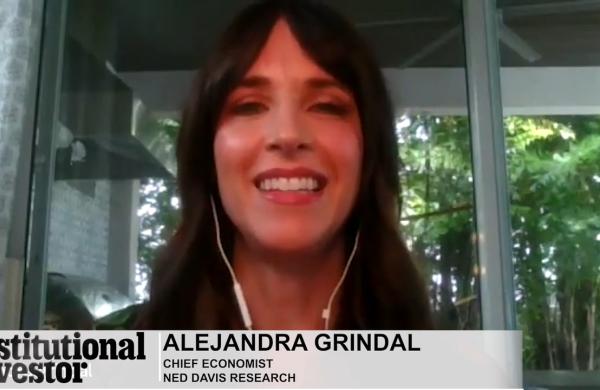The World Bank wants to spur growth of local currency bond markets in developing nations. Some investors, however, doubt it will be as successful as it was when it did the same for emerging equity markets. The equity effort took off in 1984, when the International Finance Corp., the World Bank’s financing arm, created the Korea Fund. Structured as a closed-end vehicle listed on the New York Stock Exchange, the fund offered easy access to investors and a source of capital to a nation in need of long-term investment. The Bank subsequently launched 19 similar funds, and private sector equity funds proliferated.
Last fall the IFC announced the Global Emerging Markets Local Currency Bond program (Gemloc), an effort intended to satisfy demand from institutions and sovereign wealth funds for nondollar investments. Gemloc also aims to give emerging economies a source of capital not subject to foreign exchange risk for infrastructure and local corporations. “With the World Bank name and a lot of help on the policy front, we think the timing is right,” says Michael Klein, vice president for financial and private sector development at the World Bank and the IFC, where he is chief economist. In February the IFC selected Pimco, the world’s largest emerging-markets debt manager, to manage an initial
$5 billion fund as part of the program.
Gemloc’s three-part structure rewards reform with investment. The first part is an investable index of emerging-markets local currency bonds developed by Markit Group, a London- and New York–based market data company. A country’s weighting — and thus the relative amount of benchmarked assets it receives — is determined by factors including market size, liquidity and “investability,” which includes openness and market efficiency. Twenty countries were in the index when it was launched in February. Brazil, Mexico, Poland and South Africa had the maximum 10 percent weighting; Chile, Egypt, Morocco, Nigeria, Peru and the Philippines had the minimum 1 percent. The Bank aims to expand the list to 40.
The second part of Gemloc’s structure is the $5 billion fund, benchmarked against the index, that Pimco will manage actively. Citing U.S. Securities and Exchange Commission restrictions, Pimco won’t comment. Klein says Pimco was chosen over more than 20 applicants because it “fulfilled all the requirements better than the competitors.” He adds that the Bank hopes other fund managers will invest in the index.
For Pimco the job has marketing benefits. “This is a business where investors like to invest where others have gone before,” says John Peta, an emerging-markets bond portfolio manager for Acadian Asset Management in Boston. Emerging-markets debt remains a relatively small portion of most institutional portfolios, he adds, so that many investors are likely to use only one or two managers.
The third piece is the Bank’s assistance to nations keen to join the index. “We want to help tilt the balance a little bit toward either full-fledged reform or at least experimental ways of introducing new abilities to develop the bond market,” says Klein.
But emerging-markets specialists fear that policymakers in developing nations will resist reforms . “Without flexibility and liquidity, you’re not actually sending market signals and capitalizing on other markets, and there won’t be much of a catalytic impact from a development point of view,” says Jerome Booth, research director at London’s Ashmore Group, the world’s second-biggest emerging-markets bond manager. In the biggest potential markets, India and China, inflation is a worry, and Klein expects only incremental improvement in liberalizing capital controls. “In the policy establishments of these countries, there is dissent, or different views, as to how to open up to investment,” he says.
The $6.2 trillion pool of outstanding emerging-markets debt has grown about 18 percent annually over the past five years, according to Pimco. (At the end of 2007, Pimco managed some $50 billion in emerging-markets local currency debt, a threefold increase over 2006.) Local currency debt makes up about 70 percent of the total, according to the World Bank. Yet of the emerging-markets debt managed by global fund managers, only 10 percent is in local currency instruments, and only about 2 percent of all emerging-markets debt is benchmarked against leading market indexes, the Bank says.
THE FACTS
NAME: The World Bank’s Global Emerging Markets Local Currency Bond program
PURPOSE: To provide capital in exchange for market liberalization
WHAT WE KNOW: Pimco will manage the Bank’s initial investment.





